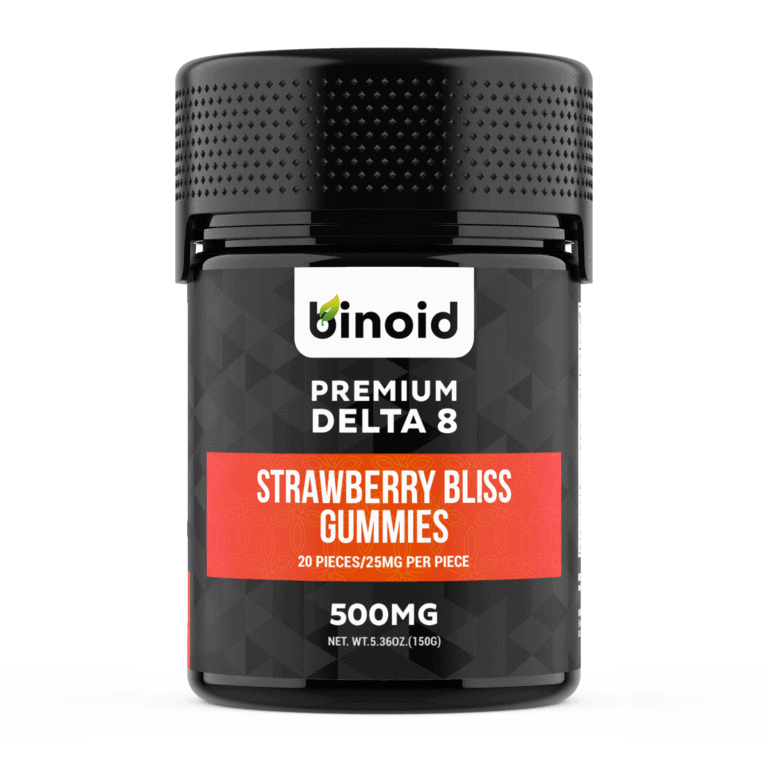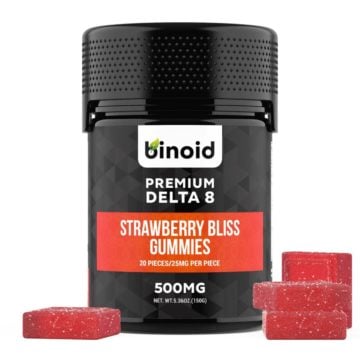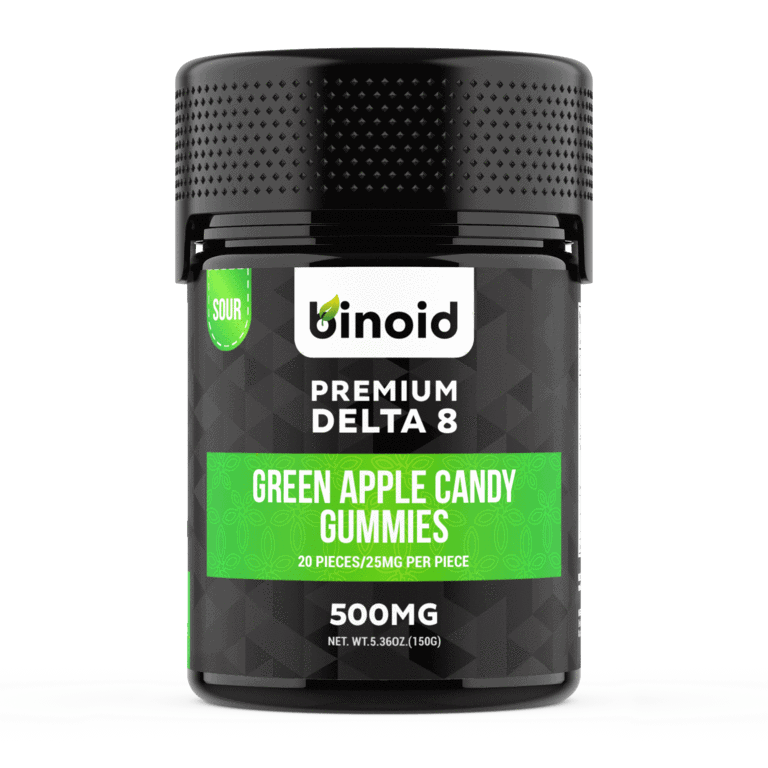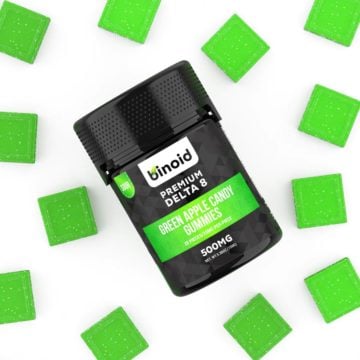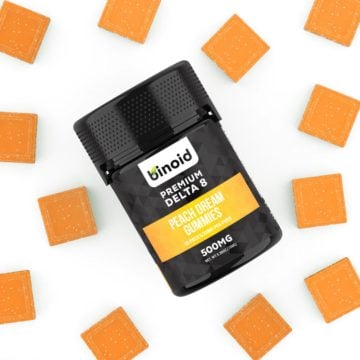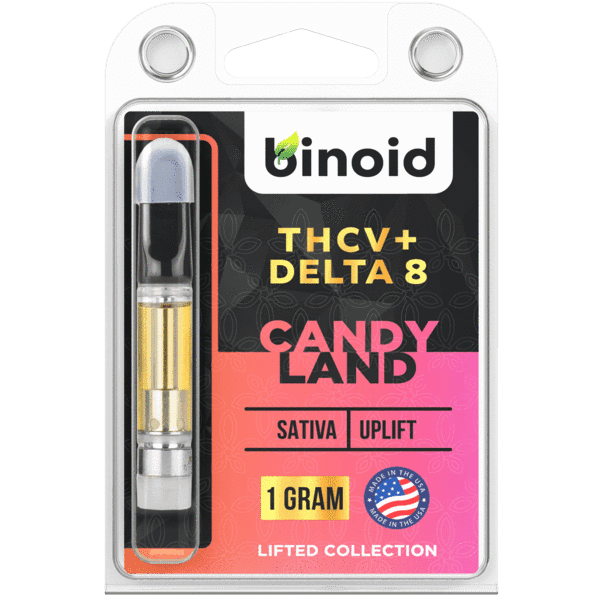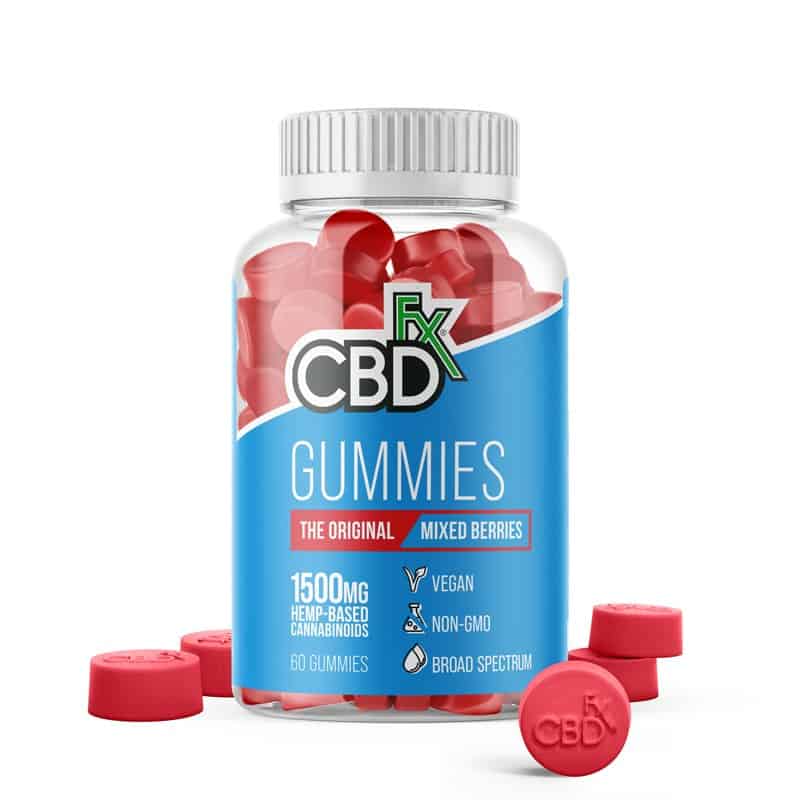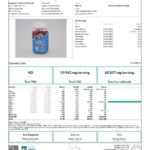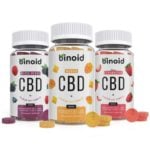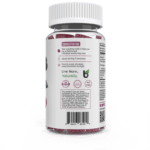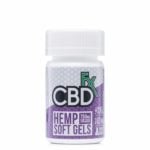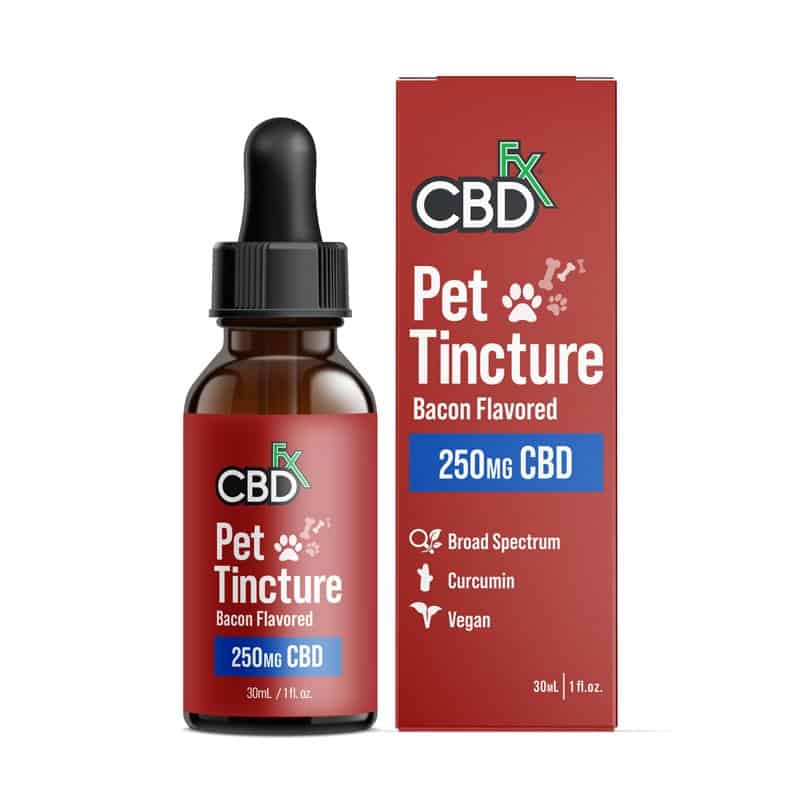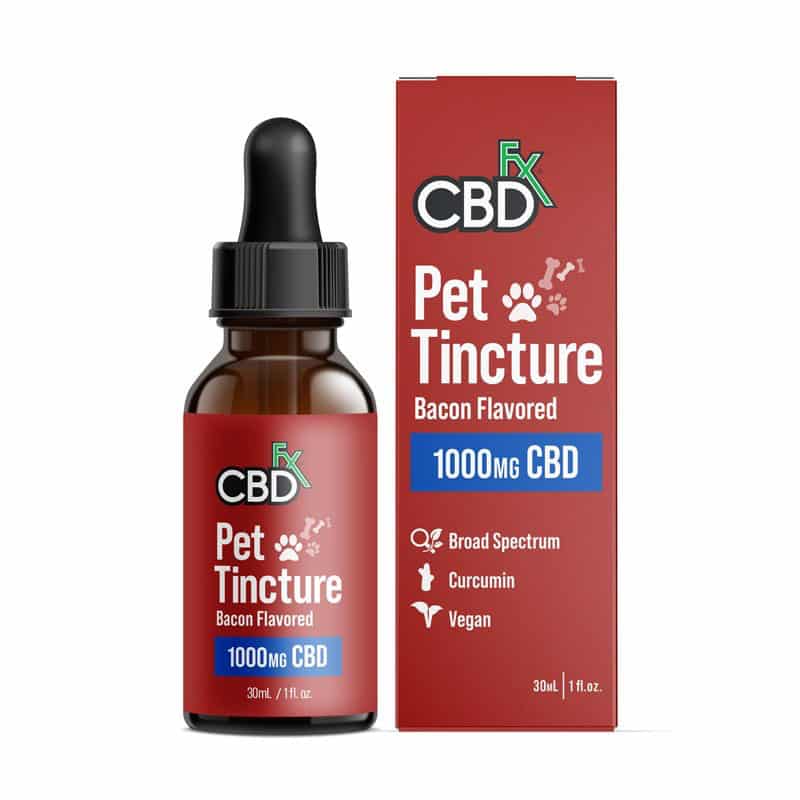
Hemp Flour vs Hemp Flower: Understanding the Differences and Uses
In recent years, the world of hemp products has been abuzz with terms like “hemp flour” and “hemp flower.” These two components of the versatile hemp plant, Cannabis sativa, offer a wide range of uses and benefits. However, it’s crucial to distinguish between them and understand their unique qualities. In this comprehensive guide, we’ll delve into the world of hemp flour and hemp flower, exploring their origins, properties, uses, and the key differences that set them apart.
This post is intended as information and for general knowledge only. It is not a substitute for medical advice, diagnosis, or treatment. It is recommended that you talk to a healthcare professional about this before introducing cannabinoids into your daily routine (especially if you have been diagnosed with any medical conditions or are under any medication). It is not recommended to drive or operate any machinery when using cannabis- or hemp-derived products. Use responsibly!
What is Hemp Flour
Let’s start with hemp flour, a product derived from the seeds of the hemp plant. Hemp seeds are known for their incredible versatility, and they are packed with nutrients. Hemp flour is created by grinding and milling these seeds, resulting in a fine powder that can be used in various culinary applications.
Hemp seeds, the foundation of hemp flour, are a nutritional powerhouse. They are a rich source of protein, vitamins, and minerals. In particular, hemp seeds are prized for their high protein content, making them a valuable addition to the diets of vegetarians, vegans, and anyone looking to boost their protein intake.
One of the standout features of hemp flour is its impressive omega-3 fatty acid content. These essential fatty acids are known for their potential to support heart health and reduce inflammation. In addition to omega-3s, hemp flour provides dietary fiber, essential vitamins like vitamin E, and important minerals like magnesium and potassium.
Culinary Uses of Hemp Flour
Hemp flour’s versatility shines in the culinary world. It can be used in a variety of recipes, offering a unique nutty flavor and gluten-free properties. When incorporated into baking, hemp flour can enhance the taste and texture of dishes, making them more nutritious and satisfying.
From bread to cookies to pancakes, hemp flour can be a valuable ingredient in your kitchen. Its nutty flavor can complement a wide range of recipes, and its gluten-free nature makes it suitable for those with gluten sensitivities or celiac disease. Moreover, hemp flour can act as a binding agent in recipes, allowing you to reduce the need for traditional wheat flour.
What is Hemp Flower
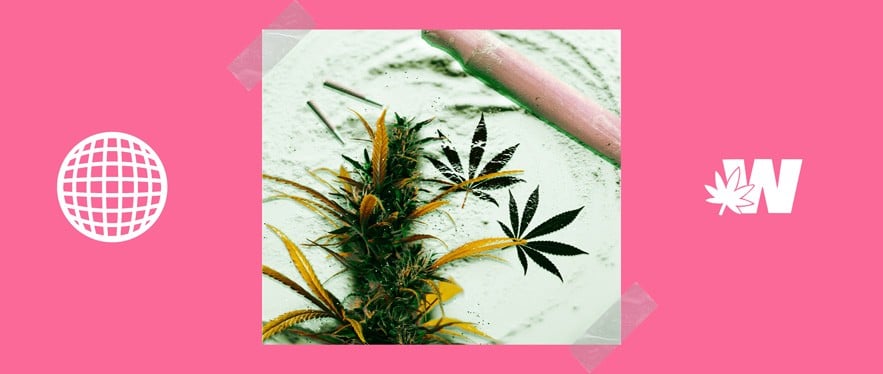
Hemp flower, on the other hand, refers to the flowering buds of the hemp plant. To understand hemp flower better, it’s essential to explore the anatomy of the hemp plant itself. Hemp plants produce male and female flowers, with the female flowers being the primary focus when it comes to hemp flower production.
The hemp flower plays a crucial role in the reproductive cycle of the hemp plant. It is in these flowers that the plant produces cannabinoids like CBD (cannabidiol) and minor cannabinoids such as CBG (cannabigerol). These cannabinoids are housed in resin-rich trichomes, which give the hemp flower its characteristic appearance.
Differences between Hemp Flower and Other Parts of the Plant
To differentiate hemp flower from other parts of the plant, such as leaves, stems, and seeds, it’s important to consider their unique attributes. Hemp leaves are typically broader and lack the prominent resinous trichomes found on the flowers. Hemp stems are fibrous and less rich in cannabinoids, while hemp seeds are primarily valued for their nutritional content and are not a source of cannabinoids.
Hemp flower’s significance lies in its CBD-rich trichomes. These trichomes contain the compounds that are extracted to create CBD products like CBD oil, CBD edibles, and even smokable CBD hemp flower.
Hemp Flower in CBD Production
Hemp flower is the primary source of CBD in the hemp plant. CBD, a non-intoxicating cannabinoid, has gained widespread recognition for its potential health benefits. The extraction process for CBD from hemp flowers is a crucial step in the production of various CBD products.
Several extraction methods are used to obtain CBD from hemp flower, including solvent extraction, CO2 extraction, and distillation. These methods are designed to isolate the desired compounds, leaving behind any unwanted substances. The resulting CBD extract can then be used to create a wide range of CBD products that cater to diverse consumer preferences.
Legal and Regulatory Considerations
The legal landscape surrounding hemp flower and CBD products is a complex one, with variations from region to region. It’s essential to understand the differences between hemp and marijuana in terms of legality and regulation. Hemp, classified as industrial hemp, is typically defined as cannabis with less than 0.3% THC (tetrahydrocannabinol), the psychoactive compound responsible for the “high” associated with marijuana. Hemp farming is regulated, and growers require licenses to cultivate it. CBD products derived from hemp are generally legal in many regions, provided they comply with THC limits.
However, marijuana, another variety of the cannabis plant, contains higher THC levels and is subject to different regulations. The legality of marijuana varies widely, with some regions permitting recreational or medicinal use and others maintaining strict prohibition. When purchasing hemp products, it’s crucial to source them from trusted suppliers who adhere to strict quality standards, conduct lab testing, and provide proper certifications. Staying informed about evolving regulations is also essential, as changes in legislation can impact the availability and legality of hemp products.
Potential Health Benefits and Risks
Both hemp flour and hemp flower offer potential health benefits, but it’s essential to be aware of any associated risks. Hemp flour, with its rich nutritionalprofile, can contribute to a healthy diet. Its omega-3 fatty acids can support cardiovascular health, while its dietary fiber promotes digestive wellness. However, individuals with hemp allergies should exercise caution, as allergic reactions are possible. Cross-contamination risks with gluten-containing products should also be considered by those with gluten sensitivities.
Hemp flower, specifically CBD derived from it, has gained attention for its potential therapeutic uses. Research suggests that CBD may offer benefits such as pain relief, anxiety reduction, and support for mental health conditions. However, it’s essential to be mindful of the THC content in CBD products, as excessive THC levels can lead to intoxication and potential drug interactions. Responsible consumption, along with consultation with healthcare professionals, is advisable.
Conclusion
In the world of hemp products, understanding the differences between hemp flour and hemp flower is essential for making informed choices. Hemp flour, derived from hemp seeds, is a versatile culinary ingredient packed with nutrients and ideal for gluten-free diets. In contrast, hemp flower, found on the flowering buds of the hemp plant, is the primary source of CBD and other cannabinoids, offering potential health benefits.
